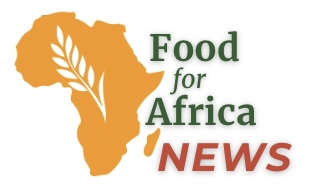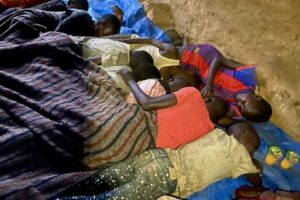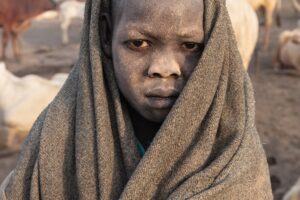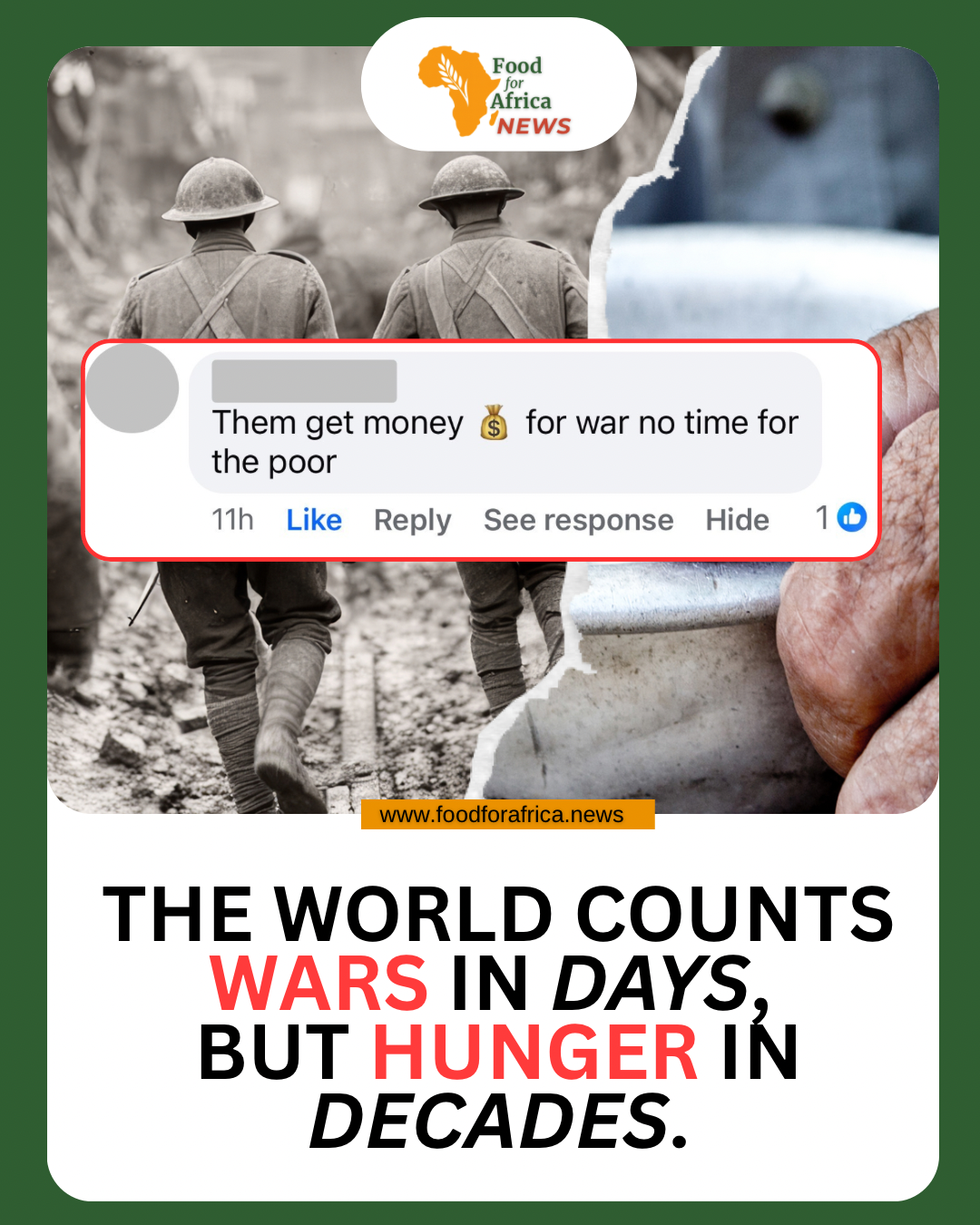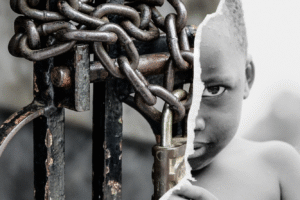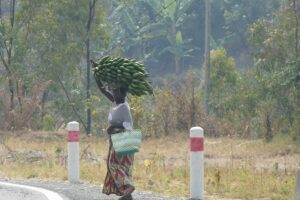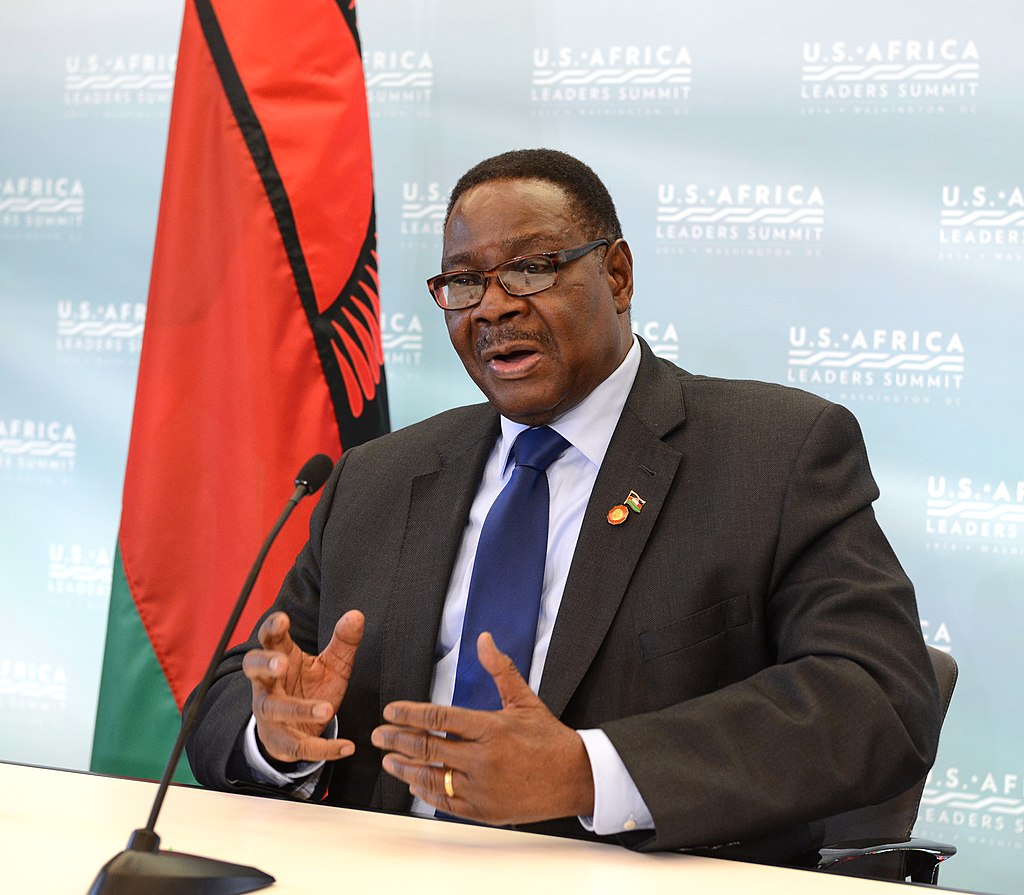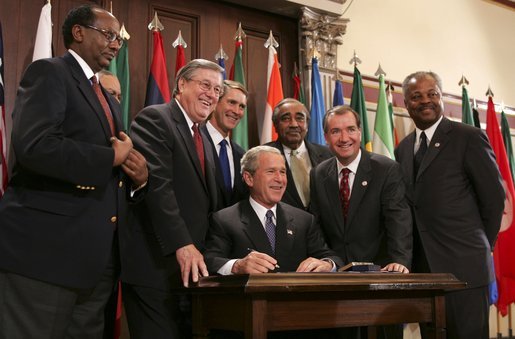In a booming Africa of skyscrapers, oil rigs, and shining malls, the question remains:
what do we do when the person next door cannot put food on the table?
Africa is rising. Its economies are among the fastest growing in the world.

Nigeria’s tech hubs attract global investors. Kenya’s mobile money platforms lead the world in innovation. Ghana’s cocoa and gold markets remain strong. In Addis Ababa, new expressways stand as signs of progress, while Lagos counts itself among the most populous cities on Earth.

But these bright lights cast shadows. One in five Africans still faces hunger.More than 300 million people go to bed unsure of their next meal.
The continent that exports cocoa, coffee, and even rice often leaves its farmers without enough to feed their own households.
A Farmer’s Story
In southeast Nigeria, Abeni grows rice on a small plot handed down through her family.
Her yield depends on rain, and when drought strikes, she loses more than her crop. She loses her livelihood.
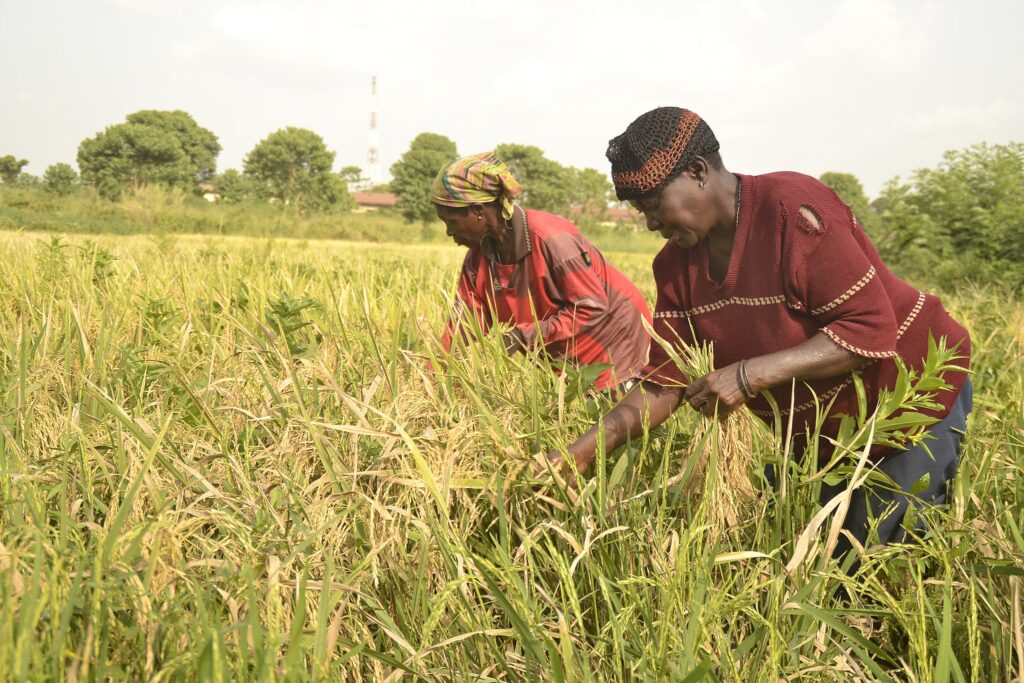
Traders from the city sometimes offer to buy her grain, but without a truck or good road, she cannot bring it to market. While Ghana’s GDP grows, her children eat once a day.
She is not alone. Across Ethiopia, farmers facing climate shocks find themselves walking hours to fetch water, only to see their herds perish. In Nigeria, rural communities live beside oil wealth yet lack access to clean drinking water. In Kenya, while Nairobi’s tech sector flourishes, small farmers struggle to find fair buyers for their vegetables.
The Divide
The African Development Bank reports that more than 313 million people are now middle class,
yet in the same breath, UNICEF notes that 45 million children are malnourished.
Prosperity and poverty live side by side, sometimes across the same street.
This divide does not exist from laziness or blame. It exists because systems fail.
Roads are unpaved. Storage silos are absent. Credit is denied to the smallholder.
A drought in Somalia can erase a year’s progress in a week.
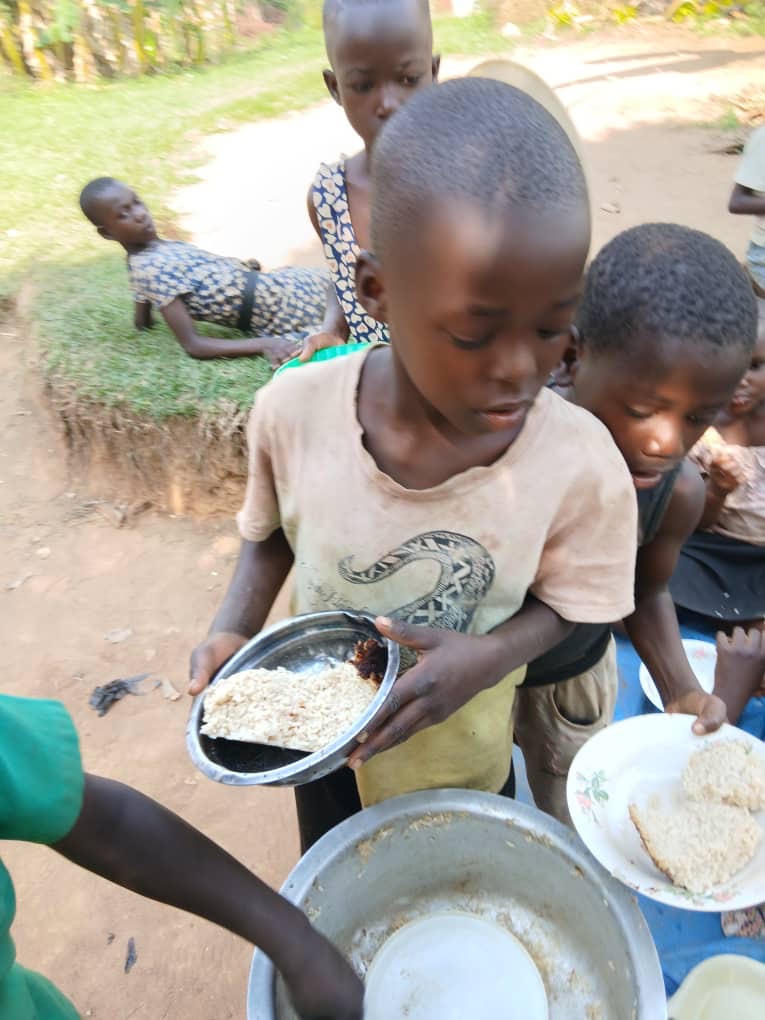
Signs of Hope
There are models that show another way.
– In Rwanda, smallholder farmers have been linked directly to schools through a home-grown school feeding program.
Local produce goes straight to children’s plates.
– In East Africa, the One Acre Fund helps farmers by providing seeds, fertilizer, and training.
Families report increased yields and more meals per day.
– In West Africa, regional food resilience programs are working to build silos, repair roads,
and connect farmers to markets that once felt unreachable.
– In Ethiopia, community grain banks allow neighbors to pool harvests, protecting against famine and keeping prices stable.
What Can Be Done
The question returns: what can be done when your neighbor cannot eat?
The answer begins not in faraway boardrooms, but at the doorstep.
– Those who prosper can look to their own communities.
Buying directly from farmers, supporting local cooperatives, and ensuring wages cover more than survival.
– Governments can set policies that favor inclusion: financing for small farmers, better infrastructure, secure land rights.
– Ordinary citizens can look after one another. Sharing meals, supporting school feeding programs, or volunteering in food drives.
A Shared Table
The Africa of tomorrow will not be judged by GDP alone.
It will be judged by the answer to this question: Is Africa truly rising if millions are still left standing in hunger’s shadow?
When the rich and poor, the booming cities and the quiet villages, rise together,
Africa’s story will not only be one of growth, but of justice.
Until then, we must remember: a continent cannot rise on an empty stomach.
